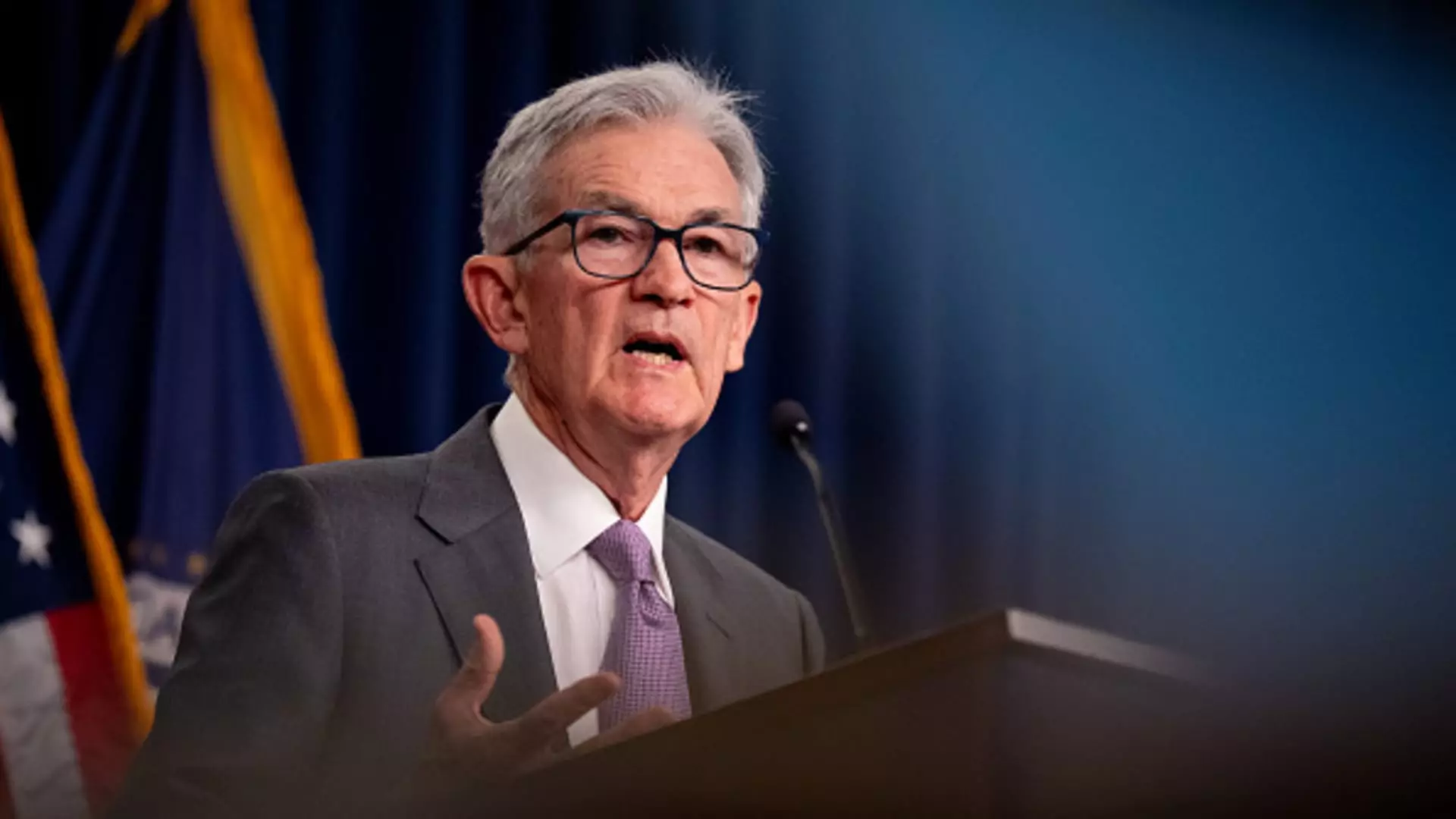Federal Reserve Chair Jerome Powell recently delivered a speech at the Fed’s annual retreat in Jackson Hole, Wyoming, indicating a shift towards interest rate cuts. This move comes at a time when the economy is facing challenges due to inflation and the need to maintain full employment. Powell’s remarks have generated speculation and anticipation in the markets regarding the timing and extent of the rate cuts.
In his address, Powell acknowledged the inflationary pressures that led to 11 rate hikes between March 2022 and July 2023. However, he highlighted that inflation has since declined significantly, and the labor market conditions have normalized post-pandemic. Powell emphasized the importance of maintaining a balance between stabilizing prices and ensuring a strong labor market.
Following Powell’s speech, stocks rallied, and Treasury yields dropped as traders anticipated rate cuts in the near future. The CME Group’s FedWatch indicated a high probability of at least a quarter percentage point cut in September, with a chance of a half-point reduction as well. Economists and market watchers interpreted Powell’s message as a signal of upcoming policy adjustments to support economic growth.
Despite the progress in lowering inflation to near the Fed’s 2% target, the unemployment rate has increased to 4.3%. Powell attributed this rise to more people entering the workforce, rather than fundamental weaknesses in the labor market. He underscored the Fed’s objective of achieving price stability while promoting robust employment, acknowledging that there is more work to be done in this regard.
While market participants anticipate rate cuts starting in September, Powell refrained from specifying the exact timing of the easing measures. Minutes from the July open market committee meeting revealed a consensus among officials for a September cut if economic data remains stable. The expectation is that the Fed will adopt accommodative policies to support the economy’s recovery.
Powell delved into the factors that contributed to the recent surge in inflation, attributing it to a combination of increased demand for goods, disrupted supply chains, tight labor markets, and rising commodity prices. The Fed responded by raising interest rates, signaling a commitment to restoring price stability. Powell also reflected on the importance of anchored inflation expectations in facilitating disinflation without causing significant economic slack.
Jerome Powell’s speech at the Jackson Hole conference outlined the Federal Reserve’s intention to implement interest rate cuts to support economic growth and stability. The markets are closely monitoring the developments in anticipation of policy adjustments in the coming months. Powell’s insights into inflation, employment, and policy responses provide valuable guidance for investors, economists, and policymakers navigating the current economic landscape.

